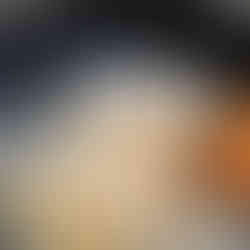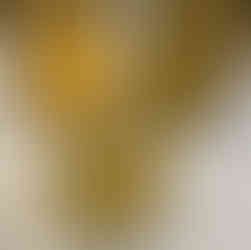Lard.....do people still use that stuff??
- Julie Rowland
- Aug 20, 2020
- 4 min read
Updated: Jan 16, 2021
How we render and use lard on our homestead
During the early 90's to 00's the word on the street was that lard was bad for you and animal fats were the worst thing you could put into your body. So the food industry replaced our animal fats with hydrogenated vegetable oils and shortenings and told us these were better for us. Well times are a changing again folks and we are now discovering that those chemically produced fats are not really that healthy for us and natural animal fats are healthier for our bodies when used in moderation. The pioneers used lard (fat from pigs) and tallow (fat from cows) to cook with and use for candle and soap making. In our current times most people don't raise their own animals and so they don't have access to those same animal fats that our ancestors used to have readily available. My family has been lucky enough to have been raising our own pigs for the past year and when they went to be processed I was given the option to get the leaf lard from our animals. The leaf lard is the delicate fat around the kidney's of the pig and, once rendered, gives the best, most mild flavored lard that can be used for baking pie crusts, biscuits, and pastries. These will make those biscuits like grandma used to make! The butcher just gives you a bag full of fat when you pick up your cuts of meat and you have to take that fat and render it down into usable oil for your family. Rendering is the process of slowing cooking/heating the fat until it liquifies and cooks away any moisture. Think about when you cook a slice of bacon and the fatty pieces produce a lot of oil in your pan - that is rendering- and in the end you are left with an oil that solidifies and turns white when it cools. In order to get our final lard oil we have to cut those fatty pieces into small chunks and heat them in a crock pot for several hours until they are completely liquified. I want to go over the steps on how I did this at home.
Things you will need:
pig fat
crock pot
water
jars for storing
strainer/cheesecloth
Partially Defrost - Normally your fat will be frozen so take your fat out of the freezer for about an hour or until the fat is partially thawed - this will make cutting it up much easier and less slimy and slick (trust me).
Cut/chunk/cube - You can either use a meat grinder, or cut the fat into small pieces (the smaller the better!) this will help ensure a slow and even rendering.
Water - place about 1/2 cup water into your crockpot. this will help prevent the fat from burning in the beginning but don't worry oil and water don't mix so it won't affect the outcome of your final product.
Heat - I use my slow cooker crock pot to get a nice slow and even temperature so that I don't burn the fat. This is important because if you burn the fat then it will give the lard a bad flavor and not something you want to use in your favorite pie crust! I took my lard about 6-8 hours to render and I just made sure to watch it and to occasionally scrape down the slide of the crock pot so that no little bits could start to burn. There will be small pieces that don't render and they are called cracklings - they are little bits of crispy meat and cartilage that are edible but that you don't want in you final product.
Strain - once you have rendered out all the lard you can turn off the heat and strain the lard into glass mason jars. I usually use a piece of cheesecloth over the mouth of the mason jar to catch the little bits I don't want. Then you just let it cool for several hours without a lid and you should have a perfectly white solid fat the you can use right away or store for later use. After cooling place a lid on the jar.
Storage - lard can be safely stored on a pantry shelf for several months or can be placed in the refrigerator for longer term storage.
So that's it! Not such a difficult process once you have done it once or twice. Even if you don't have your own animals I would encourage you to seek out your local butcher and get your own pig fat for processing your own lard. I can't wait to use ours to make amazing French fries, pie crusts, buttermilk biscuits, and cookies! As always I hope that this will motivate you to try something new and to learn a new skill for the homestead. And to answer the original question ...........................yes people really do still use that stuff!
Julie

















Love it!!! Did I subscribe?